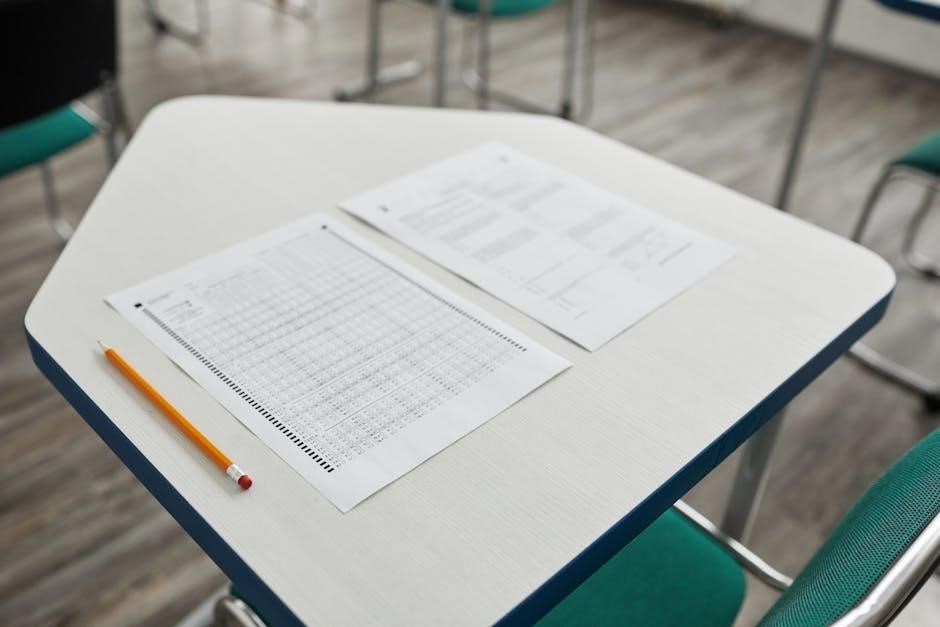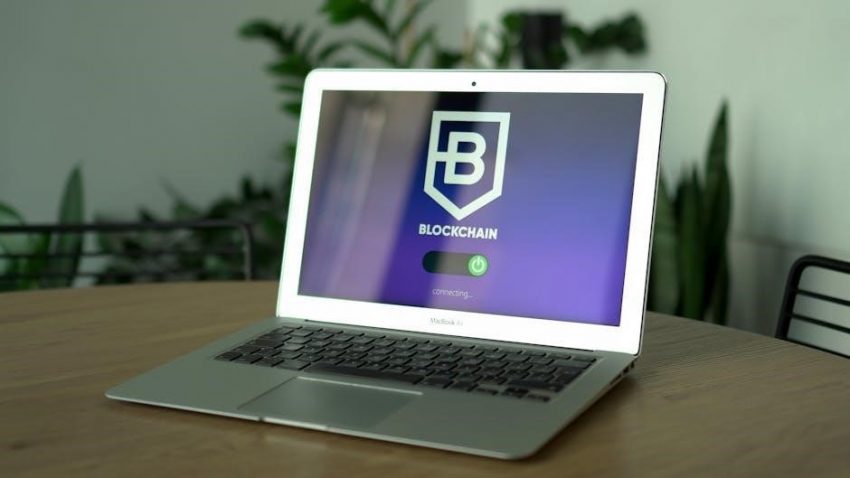POGIL introduces calorimetry, enabling students to actively explore thermodynamic principles. It fosters teamwork and critical thinking through structured, inquiry-based activities, enhancing chemistry education effectively.
1.1 What is POGIL (Process-Oriented Guided-Inquiry Learning)?
POGIL stands for Process-Oriented Guided-Inquiry Learning, an evidence-based teaching method emphasizing active learning and collaboration. It engages students in guided-inquiry activities, fostering critical thinking and problem-solving skills. POGIL structures learning through carefully designed worksheets, promoting teamwork and conceptual understanding. In chemistry education, POGIL activities, such as those for calorimetry, encourage students to explore thermodynamic principles interactively. This approach aligns with research showing improved student engagement and understanding in science, technology, engineering, and mathematics (STEM) disciplines. By integrating POGIL, educators create a dynamic learning environment that prepares students for real-world scientific challenges.
1.2 Overview of Calorimetry and Its Importance in Chemistry
Calorimetry is the scientific study of heat transfer during chemical or physical changes. It is a fundamental tool in chemistry, allowing the measurement of enthalpy changes, which are crucial for understanding thermodynamics. Calorimetry provides quantitative data on heat absorption or release, essential for analyzing reactions, determining bond energies, and assessing the efficiency of processes. Its applications span various fields, including materials science, biochemistry, and environmental studies. In education, calorimetry experiments, often incorporated into POGIL activities, help students grasp key thermodynamic concepts. The importance of calorimetry lies in its ability to bridge theoretical principles with practical, measurable outcomes, making it indispensable in both research and teaching.
Basics of Calorimetry
Calorimetry involves measuring heat transfer during chemical or physical changes, providing insights into energy transformations. It is foundational for understanding reaction thermodynamics and energy exchange principles in chemistry.
2.1 Definition and Principles of Calorimetry
Calorimetry is the scientific study of heat exchange during chemical or physical processes. It involves measuring the heat absorbed or released by a system, typically using a calorimeter. The core principle relies on the law of conservation of energy, where the heat lost by one part of a closed system is equal to the heat gained by another. This method is crucial for determining thermodynamic properties like enthalpy change (ΔH) and heat capacity (C). Accurate measurements require controlled conditions, such as insulation, to minimize external heat interference. Understanding these principles is essential for analyzing energy transformations in chemical reactions and physical changes.
2.2 Types of Calorimeters (Bomb Calorimeter, Coffee Cup Calorimeter)
A bomb calorimeter is a sealed chamber used to measure the heat released during combustion reactions. It is highly precise and often used in research settings. In contrast, a coffee cup calorimeter is a simple, low-cost device made from a styrofoam cup, used to measure heat changes in solution-based reactions. The bomb calorimeter is ideal for determining the energy content of fuels, while the coffee cup calorimeter is commonly used in educational labs to teach thermodynamic principles. Both types rely on insulation to minimize heat loss, ensuring accurate measurements of energy transfer during chemical processes.

The Role of Calorimetry in Chemistry Education
Calorimetry is a cornerstone in teaching thermodynamics, offering practical experience with energy transfer. It bridges theory and experimentation, enhancing students’ understanding of chemical reactions and energy transformations.
3.1 Teaching Thermodynamics Through Calorimetry
Calorimetry serves as a powerful tool for teaching thermodynamic principles, enabling students to measure heat transfer during chemical and physical processes. By conducting calorimetry experiments, students gain hands-on experience with energy calculations, such as determining specific heat capacities and enthalpy changes. These activities bridge theoretical concepts with practical applications, fostering a deeper understanding of how energy interacts in chemical reactions. The structured nature of POGIL activities complements calorimetry experiments, encouraging collaborative problem-solving and critical thinking. This approach not only enhances students’ grasp of thermodynamics but also prepares them for real-world applications in chemistry and related fields.
3.2 Laboratory Experiments Involving Calorimetry
Calorimetry experiments are fundamental in chemistry labs, allowing students to investigate heat transfer and energy changes during chemical reactions. Common experiments include measuring the heat of reaction using bomb calorimeters or coffee cup calorimeters. These hands-on activities enable students to calculate thermodynamic properties such as enthalpy change (ΔH) and specific heat capacity. POGIL activities complement these labs by guiding students through data analysis and interpretation, promoting collaborative learning and problem-solving. Virtual calorimetry simulations also provide accessible alternatives for remote learning. These experiments not only reinforce theoretical concepts but also prepare students for real-world applications in fields like materials science and engineering.
Structure of POGIL Activities
POGIL activities are designed to promote active learning through structured, inquiry-based worksheets. They emphasize critical thinking, collaboration, and problem-solving, integrating virtual experiments for immersive learning experiences.
4.1 Design of POGIL Worksheets for Calorimetry
POGIL worksheets for calorimetry are thoughtfully designed to guide students through scientific inquiry. They typically include conceptual models, guided questions, and structured problem-solving activities. These materials are tailored to help students grasp thermodynamic principles, such as heat transfer and specific heat capacity. Worksheets often incorporate real-world applications and virtual experiments, encouraging active learning. By breaking down complex concepts into manageable steps, POGIL fosters critical thinking and collaboration. Additionally, they often include data analysis exercises, reinforcing practical skills. The design ensures students engage deeply with the material, preparing them for advanced topics in thermodynamics. This structured approach aligns with modern educational strategies, enhancing student engagement and understanding;

4.2 Role of Student Roles in POGIL
In POGIL, student roles are crucial for fostering collaboration and accountability. Each student is assigned a specific role, such as Manager, Recorder, or Reporter, ensuring active participation. These roles promote teamwork, as students rely on one another to complete tasks. The Manager coordinates activities, the Recorder documents findings, and the Reporter communicates results. This structure enhances communication skills and problem-solving abilities. By distributing responsibilities, POGIL encourages students to take ownership of their learning. This collaborative approach simulates real-world teamwork, preparing students for future professional environments. The defined roles also help students develop interpersonal skills, making the learning process more engaging and effective.
Calorimetry POGIL Answers and Resources
Answer keys in POGIL activities provide clarity and feedback, ensuring students grasp calorimetry concepts. Reliable resources like textbooks offer comprehensive guides, enhancing understanding and engagement effectively.
5.1 Importance of Answer Keys in POGIL Activities
In POGIL activities, answer keys serve as vital tools for self-assessment and learning reinforcement. They allow students to verify their solutions, ensuring understanding and accuracy in complex calorimetry calculations. By providing immediate feedback, answer keys help students identify gaps in knowledge and solidify their grasp of thermodynamic concepts. This self-directed learning component is crucial for fostering independence and confidence in problem-solving. Additionally, answer keys enable instructors to track student progress and address common misconceptions collectively. Overall, they are essential for maximizing the effectiveness of guided-inquiry learning in chemistry education.
5.2 Finding Reliable POGIL Resources for Calorimetry
Locating reliable POGIL resources for calorimetry requires accessing reputable educational platforms and official POGIL websites. These sources provide structured, inquiry-based materials designed to align with chemistry curricula. They often include worksheets, guided inquiries, and answer keys tailored for calorimetry topics. Educators and students can benefit from these resources, as they are developed by experts to enhance critical thinking and problem-solving skills. Additionally, peer-reviewed journals and educational databases may offer supplementary POGIL-based activities, ensuring a comprehensive learning experience. By utilizing these resources, learners can deepen their understanding of thermodynamic principles and laboratory applications in a collaborative and engaging manner.

Implementing POGIL in the Classroom
Implementing POGIL in the classroom involves structured, active learning where students collaborate to explore thermodynamic principles through guided inquiries, enhancing their understanding of calorimetry.
6.1 Tips for Effective Use of POGIL in Teaching Calorimetry
Effective use of POGIL in teaching calorimetry involves clear learning objectives, fostering collaboration, and integrating hands-on activities. Encourage students to question and analyze data collectively.
Use structured worksheets to guide inquiry and ensure understanding of thermodynamic principles. Incorporate technology, like simulations, to visualize heat transfer processes.
Provide immediate feedback to address misconceptions and promote problem-solving skills. Align POGIL activities with curriculum goals to ensure relevance and coherence.
Encourage reflective discussions to deepen understanding and apply concepts to real-world scenarios, enhancing engagement and critical thinking in calorimetry lessons.
6.2 Student Engagement and Problem-Solving in POGIL
POGIL enhances student engagement by promoting active participation in collaborative problem-solving. Through guided-inquiry activities, students develop critical thinking skills and apply calorimetry concepts to real-world scenarios.
Interactive group work fosters deeper understanding and encourages students to articulate their reasoning, improving communication skills. Problem-solving exercises in POGIL worksheets help students connect theoretical knowledge with practical applications.
This approach not only boosts engagement but also prepares students for tackling complex challenges in chemistry, fostering a culture of inquiry and collaboration in the classroom.
POGIL effectively enhances chemistry education by engaging students in active learning. It promotes critical thinking and collaboration, proving valuable for teaching calorimetry and beyond.

7.1 Summary of Key Points
POGIL integrates guided-inquiry learning with calorimetry, enhancing critical thinking and problem-solving skills. By fostering teamwork and active engagement, it simplifies complex thermodynamic concepts. The structured worksheets and defined roles ensure a comprehensive understanding of calorimetry principles. This approach not only deepens students’ grasp of energy transformations but also prepares them for real-world scientific challenges. Additionally, POGIL activities, supported by reliable answer keys, provide immediate feedback, reinforcing learning outcomes. The combination of collaborative learning and hands-on experimentation makes POGIL an invaluable tool in chemistry education, particularly for topics like calorimetry.
7.2 Future of POGIL in Chemistry Education
POGIL is poised to become a cornerstone of modern chemistry education, fostering deeper engagement and critical thinking. As digital tools evolve, virtual POGIL activities will enhance accessibility and collaboration. The integration of real-time data and interactive simulations will enrich learning experiences. Educators will increasingly adopt POGIL to align with emerging educational technologies, ensuring students are well-prepared for future scientific challenges. By emphasizing teamwork and problem-solving, POGIL will continue to cultivate the next generation of scientists and thinkers, making it a vital component of chemistry curricula worldwide.

